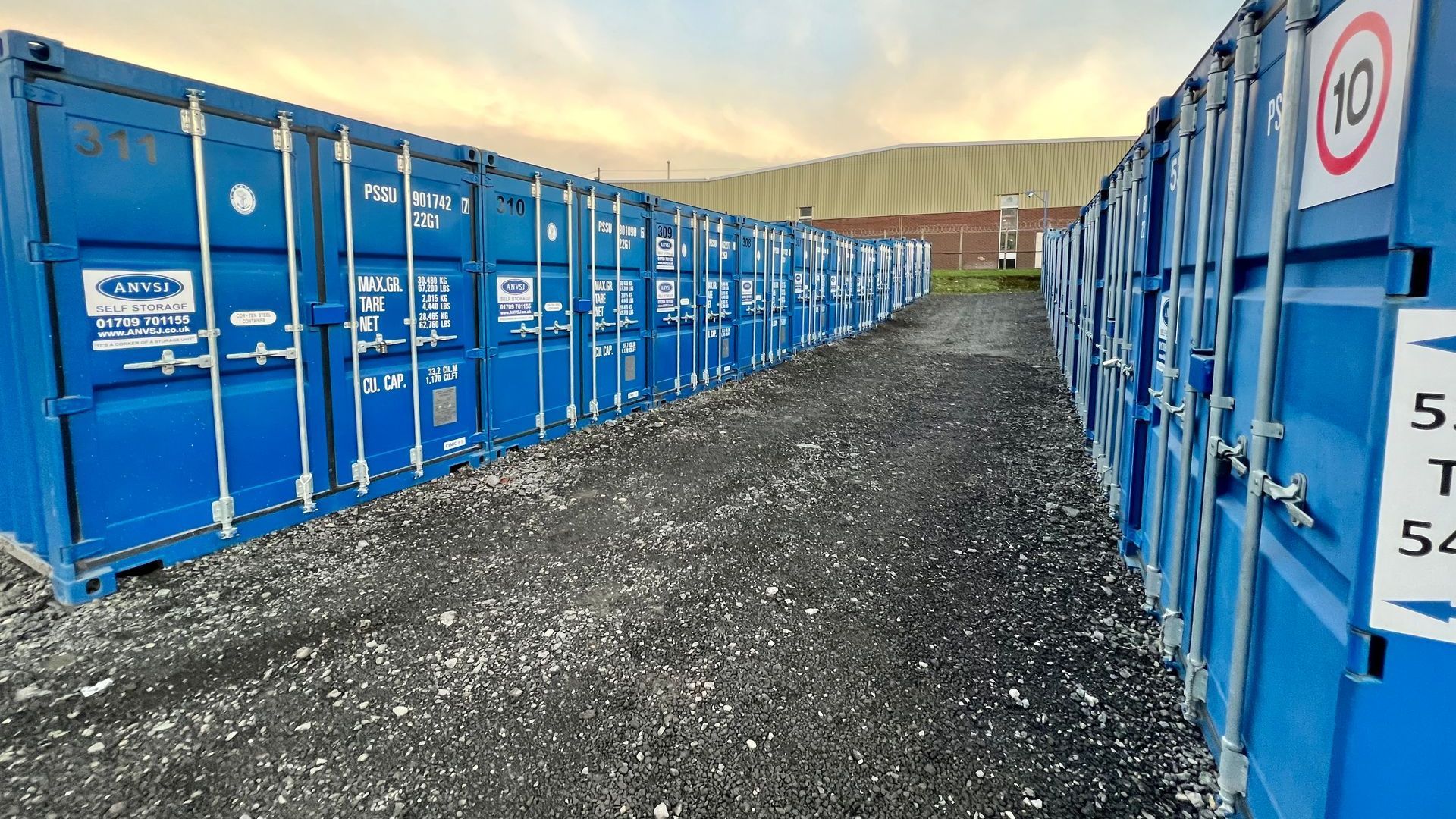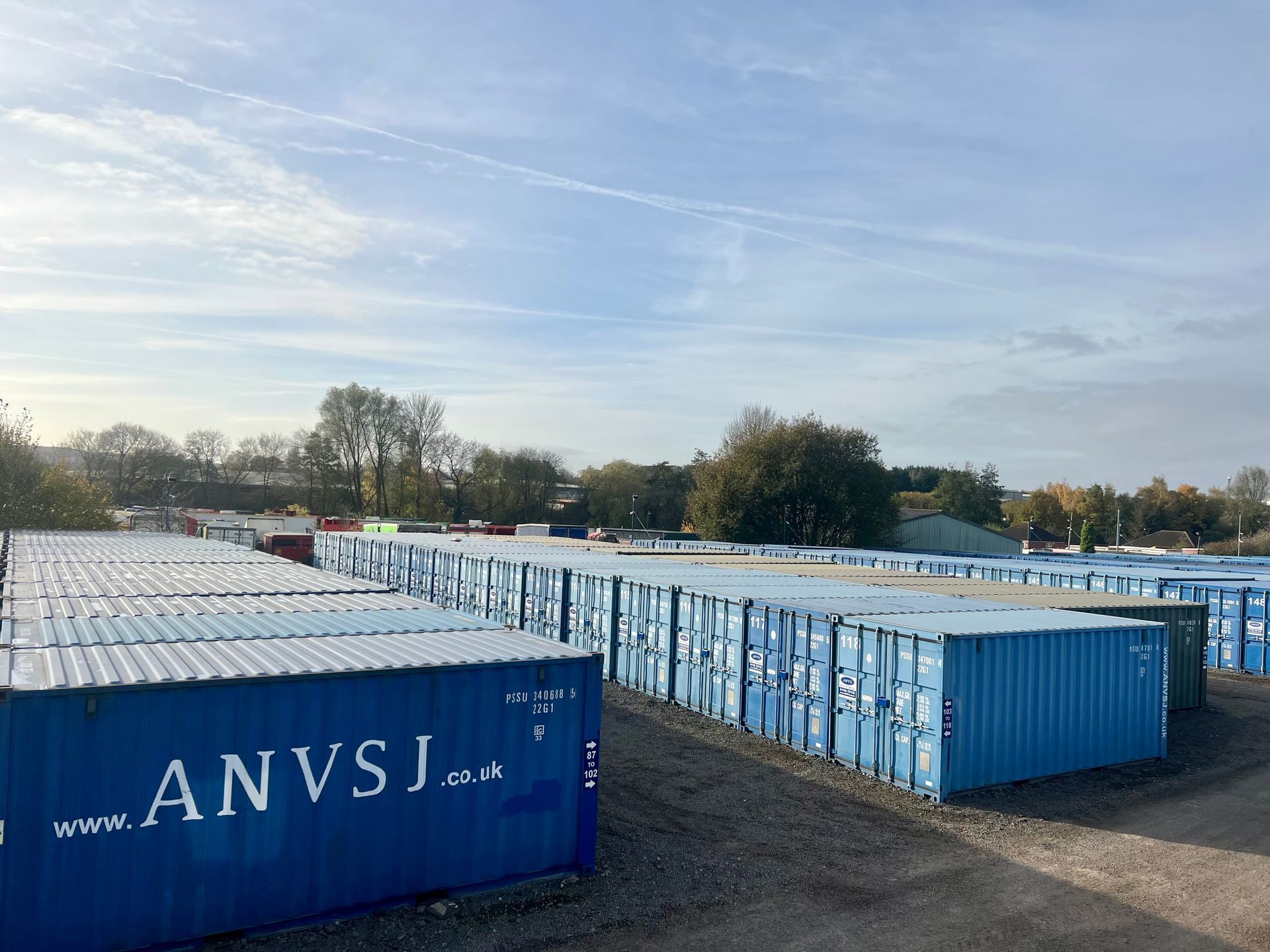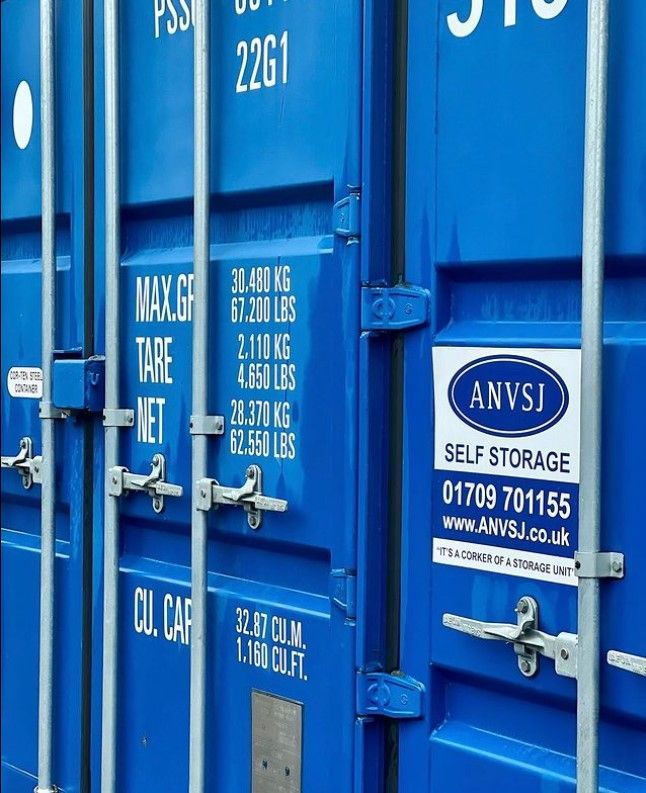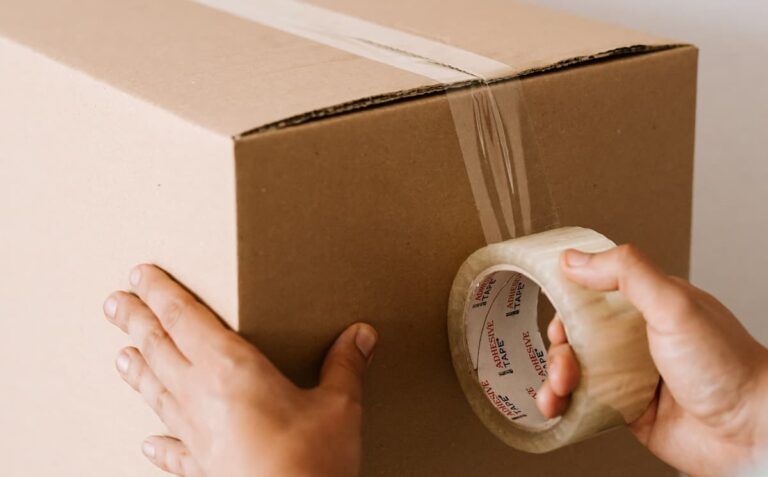How to Store Your Sports Equipment Properly and Efficiently
Explore how to store your sports equipment with ANVSJ.
Storing sports equipment can be inconvenient. It often takes up a lot of space, particularly for things we can only use at certain times of the year. Some equipment is much more delicate than others and storing away correctly often takes a little prep work – however, it will be worth it in the long run. In this post, we go through how to make sure your sports gear is stored properly to make sure it is kept in good condition and lasts as long as possible.
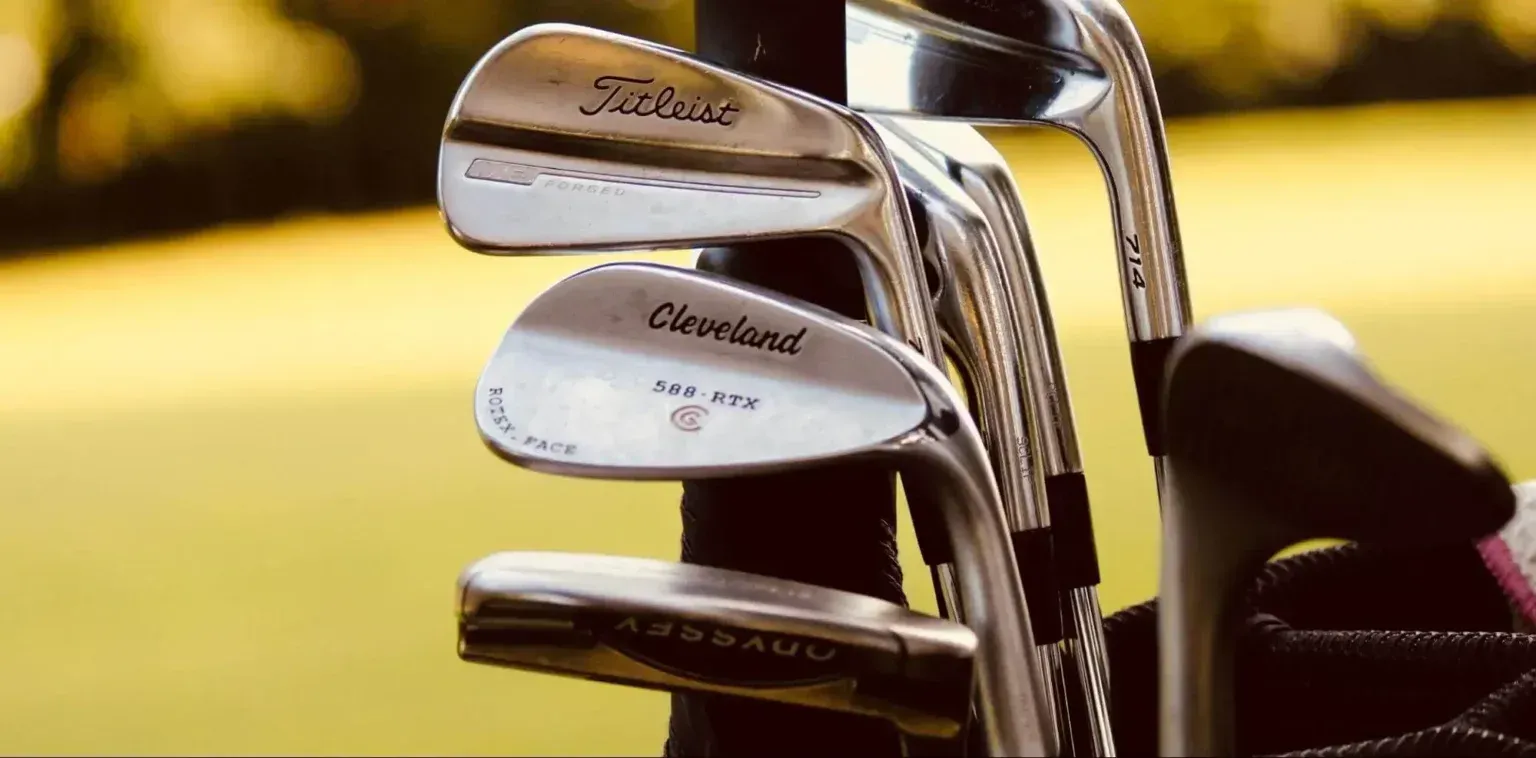
Golf Club Storage
How to Prepare Your Golf Clubs for Storage
Ensure each club is cleaned properly with warm water and a towel, ideally a microfibre cloth. Scrub off any grass stains, dirt, or marks off and make sure they are completely dry before storing to prevent rust damage.
When you have prepared your clubs for storage, it is important to keep them in a cool, dry place when not in use. A good place people store their clubs is in their garage or shed at home. If your garage reaches freezing temperature in winter, this can sometimes cause the grips to dry out and harden or crack. During the winter periods, it may be worthwhile considering storing them in a storage facility to ensure they are protected properly and to save some space.
Can I Store My Golf Clubs in My Car?
Golf clubs should never be stored in the boot of your car – even if it is just for a few days. For starters, they can easily pick up dints and scratches whilst moving around in the back as you drive around. Secondly, car boots and get very hot, particularly on sunny days. This can cause the glue on the grip to lose strength over time, along with the epoxy that keeps the head attached to the shaft.
How to Store Your Golf Clubs Properly
- Always make sure the clubs are clean before storing
- After cleaning the clubs, ensure they are dried properly to prevent rust
- Store your golf bags upright to reduce the risk of getting them knocked over
- Ensure they are stored in a cool, dry place (but not freezing)
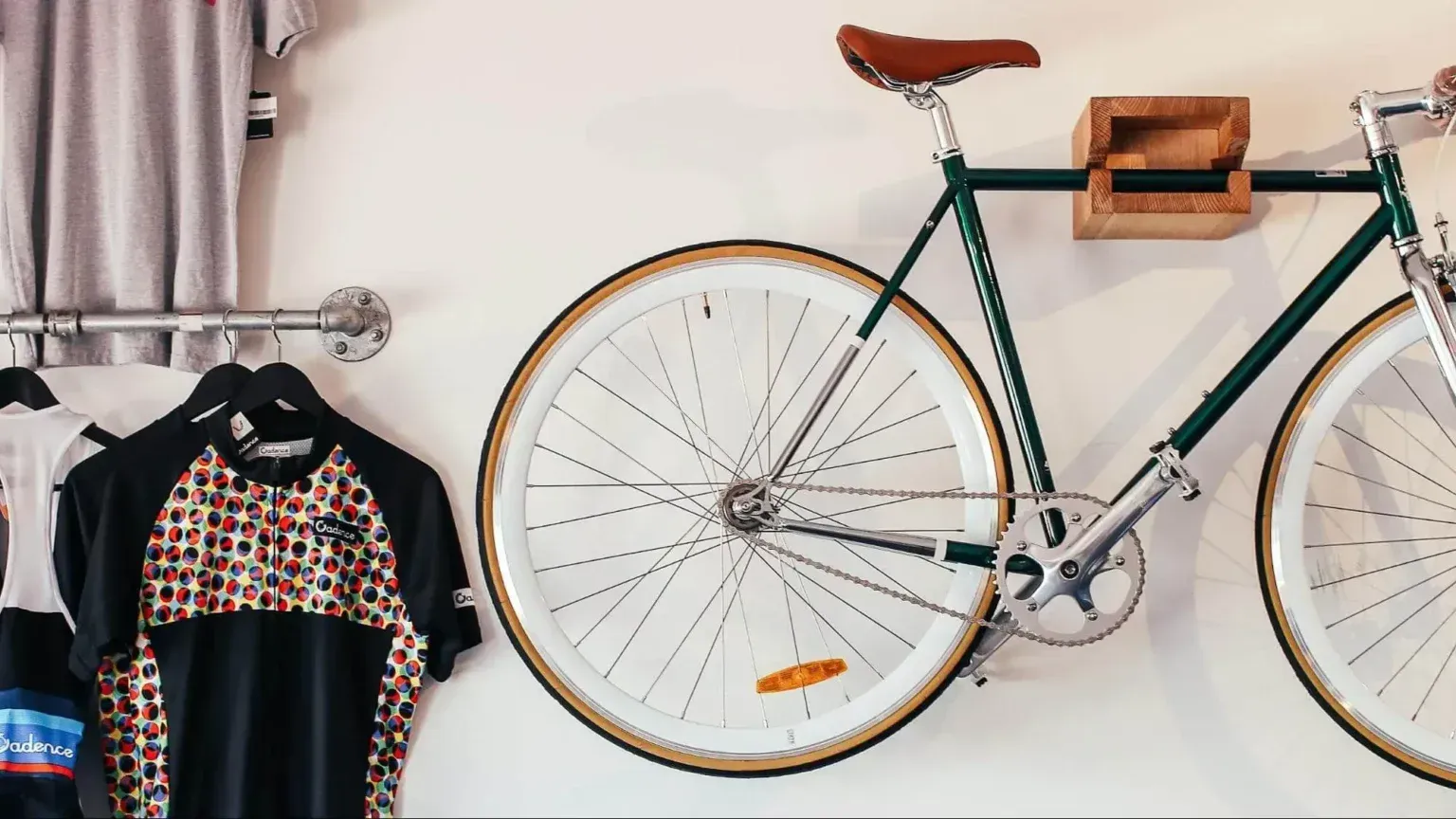
Bike Storage
How to Prepare Your Bike for Storage
To make sure your bike is ready for storage, take off all of your water bottles, accessories, and any devices. Store these in a warm, dry place to make sure they are preserved properly. Make sure the bike is properly cleaned, leaving no dirt or grime on there that could cause corrosion. Next, after cleaning the bike, it is important to lubricate the chain and cables. This provides additional protection on parts of the bike that can be particularly vulnerable to damages.
Finally, pump the tires up, even if you won’t be riding for a while. This helps to make sure the tyres preserve their shape without any deformations. If storing your bike inside without hanging, it is better to not rest it on a concrete floor such as a basement or garage as concrete can draw moisture from the tyres.
Can I Hang My Bike on Its Wheels?
Bike wheels are designed to withstand weights much more than that of a bike frame, so this is absolutely fine to store a bike hanging by its wheels. In fact, this is often best practice as there is no pressure being placed on the tires.
Can I Store My Bike Outdoors?
This should only ever be the case if you have no other options. If your bike is new or high-end, it is likely to have better protection in outdoor conditions. If it is an older bike or cheaper bike, however, it could have parts more likely to corrode due to seals being worn out easier.
If you are going to store your bike outside, use a cover to protect it from rain and moisture and maintain it regularly. If you know you won’t be using it for a while, think about using a self-storage unit to make sure it is kept safe.
How to Store Your Bike Properly
- Give your bike a good clean to prevent corrosion
- Lubricate the chain and cables
- Pump up the tires to prevent flat sports and other deformities
- Remove water bottles, lights, and any other accessories
- Use a cover when storing outdoors
- Hang by the wheels if possible
- Avoid resting the tyres on concrete floors
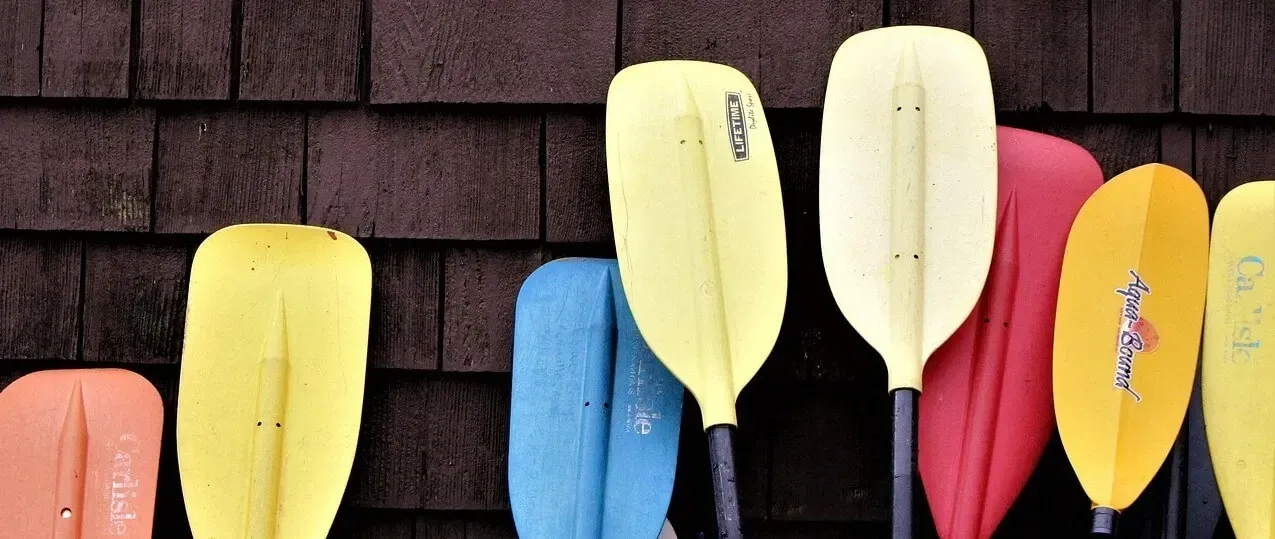
Kayak and Paddle Board Storage
How to Prepare Your Kayak or Paddle Board for Storage
Start by making sure your kayak or paddle board equipment is cleaned and dried properly. Make sure all the salt, grime, grit or dirt is removed. If you are storing for a short while you can rinse it using fresh water, but for longer periods it would be better to clean with soap or another cleaning product. It is always a good idea to check the manufacturer’s recommendations.
Next, you need to dry it – using a microfibre towel would be ideal for this. It is better to not leave it in direct sunlight. It is important to make sure everywhere is dried before storage to prevent mould growing. It is recommended to store a kayak or paddleboard inside to protect it against the elements, alongside animals and insects. Try to find a cool, dry place such as a shed or garage if possible.
Can You Store Your Kayak or Paddle Board Outside?
You can store your kayak or paddle board outside if you absolutely have to, but this is not recommended. Try to keep it covered up, out of the sun, and preferably off of the ground if storing outside.
How to Store Your Kayak or Paddle Board Properly
- Wash the paddleboard of all salt, grit, dirt and grime
- Ensure it is dried correctly to prevent mould
- Store out of sunlight and off the ground
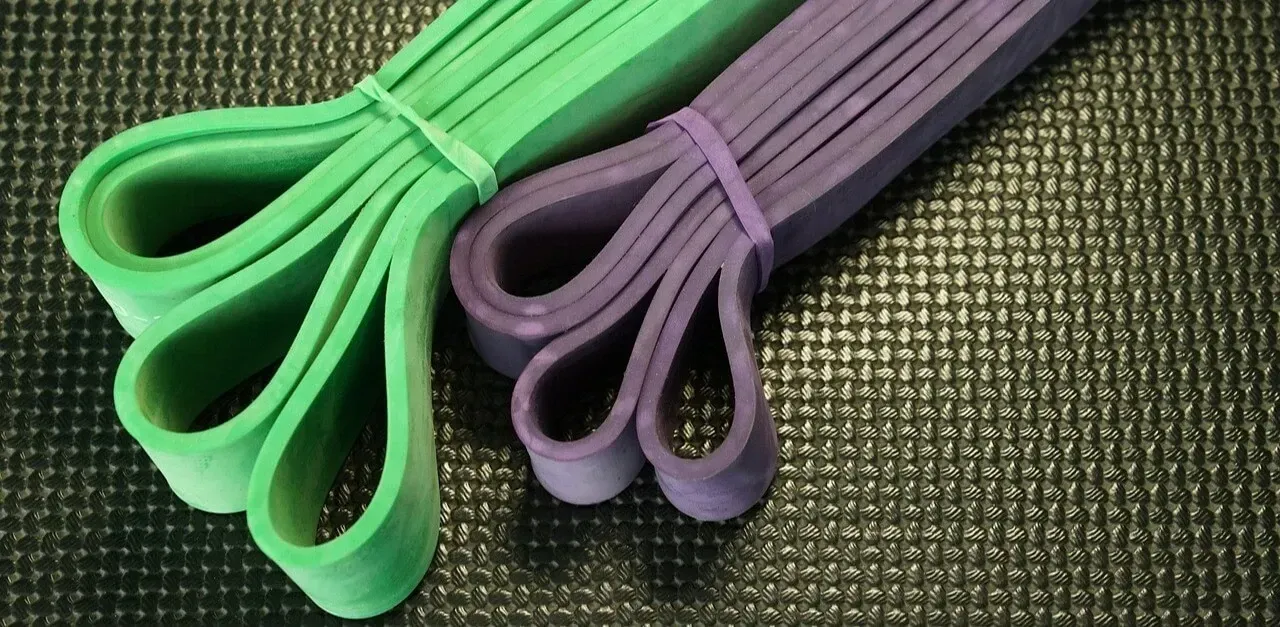
Home Gym Storage
How to Prepare Gym Equipment for Storage
It’s important to clean and wipe down your gym equipment before storing it away. If you are tight on space, it might be helpful to store smaller bits and bobs such as weights or resistance bands in a container or box. Larger equipment, such as treadmills or similar, should be stored in a dry area like a garage or basement if possible.
Can I Store My Gym Equipment Outside?
This depends on what the equipment is. It is recommended to not store anything with any moving parts outside, as the moisture can get in the cracks of these and form rust.
It is however possible to store certain gym equipment outdoors if maintained correctly – however storing inside would generally be much better.
How to Store Gym Equipment Properly
- Clean and wipe down the equipment before storing
- A cool dry place such as a garage is ideal to store
- You can use protective products such as WD40 to prolong the life of your equipment
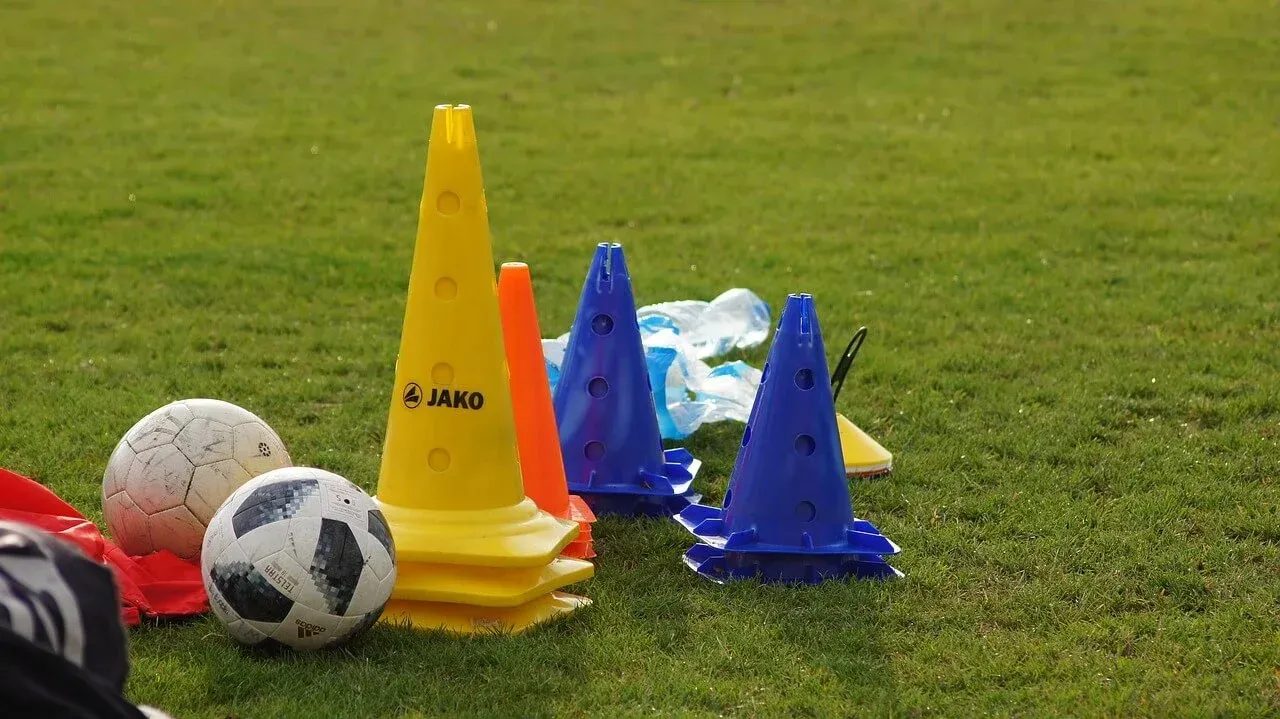
Ball Sports Storage
How to Prepare Ball Sports Equipment for Storage
For storing ball sports equipment such as football, rugby, and basketball, it is first a good idea to ensure the ball is cleaned and dried properly. Let a little air out of the ball before storing it away to make it last longer when you are actually using it.
For equipment such as football goals, basketball hoops, and similar, these also should be cleaned and dried thoroughly and stored in a cool dry place when not in use.
How to Store Football, Basketball, and Rugby Equipment
- Clean before use, deflate ball slightly if applicable
- Ensure everything is dry before storing away
- Keep in a cool, dry place such as a garage or shed
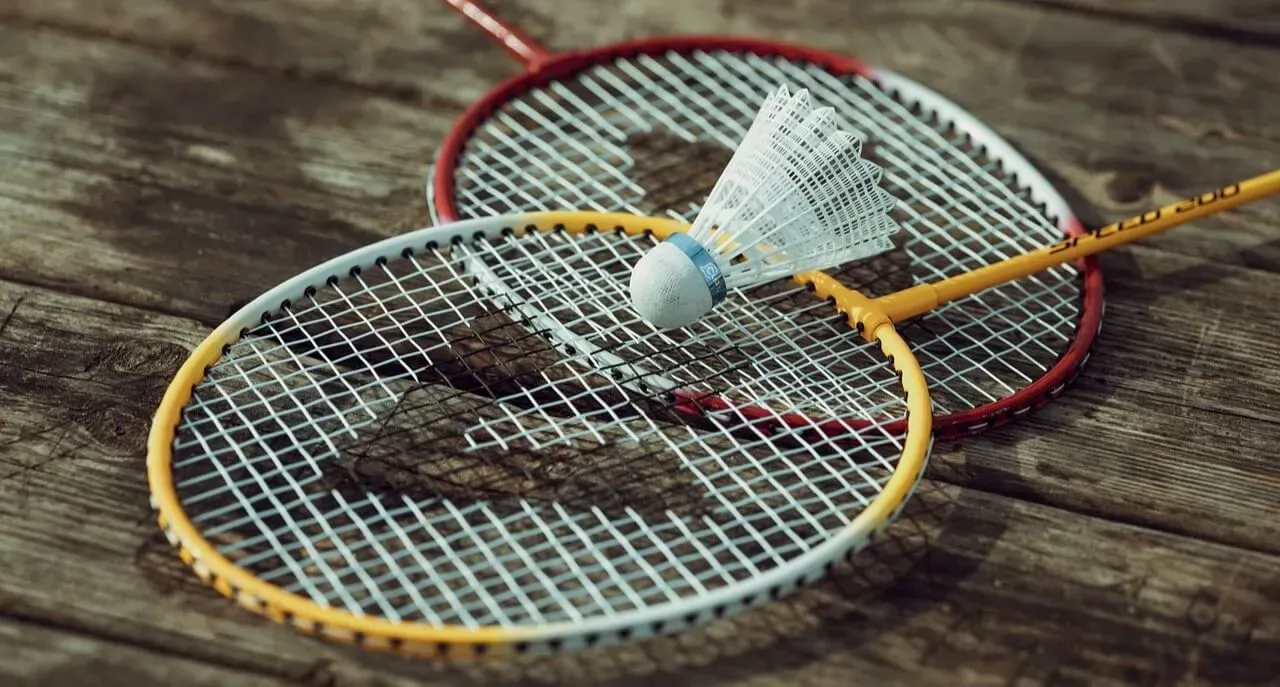
Sports Racket Storage
How to Prepare Racket Sports Equipment for Storage
It is recommended to clean and remove the strings from tennis or badminton rackets before storing them. It’s best to place them in a carrying bag or case and store them in a dry area such as a garage or shed. For larger equipment such as table tennis tables, renting a storage unit can provide convenient and secure storage.
How to Store Your Tennis and Badminton Equipment
- Ensure everything is cleaned and dried correctly
- Make sure nothing could be applying pressure to the springs if they haven’t been removed
- Store in a cool dry place, ideally a racket bag if possible
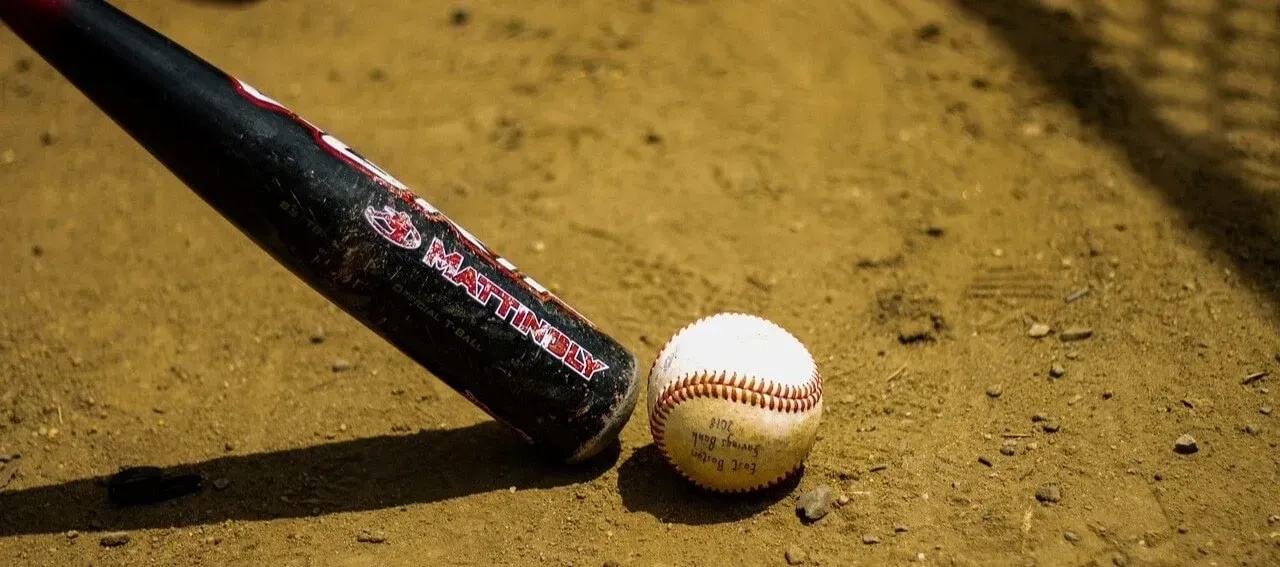
Baseball and Cricket Equipment Storage
How to Prepare Your Cricket and Baseball Equipment for Storage
Make sure your bats, balls, and other bits and pieces are all cleaned properly to prevent any mould growing. For baseball equipment such as gloves and balls, wipe them clean and keep them in a bag. For cricket equipment like bats and pads, wipe them down and store them in a well-ventilated area. Make sure all your gear is dry before putting it away.
How to Store Your Cricket and Baseball Equipment
- Clean the equipment with a damp cloth, removing any dirt or mud stains
- Make sure all the equipment is dried properly
- Store in a dry area away from sunlight and humidity
Alt text: Skiing equipment featuring skis, ski poles, and a snow shovel
Ski and Snowboard Storage
How to Prepare Ski and Snowboard Equipment for Storage
To store snow sports equipment like snowboards and skis, wipe them down to remove any dirt or debris, or anything else that could make it dirty. It might be worth applying a coat of wax to protect the base and edges before storing them. When ready for storage, put them in a dry and cool location, such as a garage or storage unit.
How to Store Ski and Snowboarding Equipment
- Wipe down your equipment to remove any dirt
- Dry your ski and snowboard equipment properly
- Use wax to protect your equipment and prolong its lifespan
- Store in a cool, dry place when finished
When to Store Your Sports Equipment
In addition to storing different types of sports equipment, it is important to consider when and why you may need to store them. For example, snow sports equipment can be stored in summer when it is not being used, while outdoor sports equipment may be stored during the winter months.Students may also need to store their equipmentwhilst moving in between properties or outside of term time. Self-storage units can be a great option for secure and convenient storage.
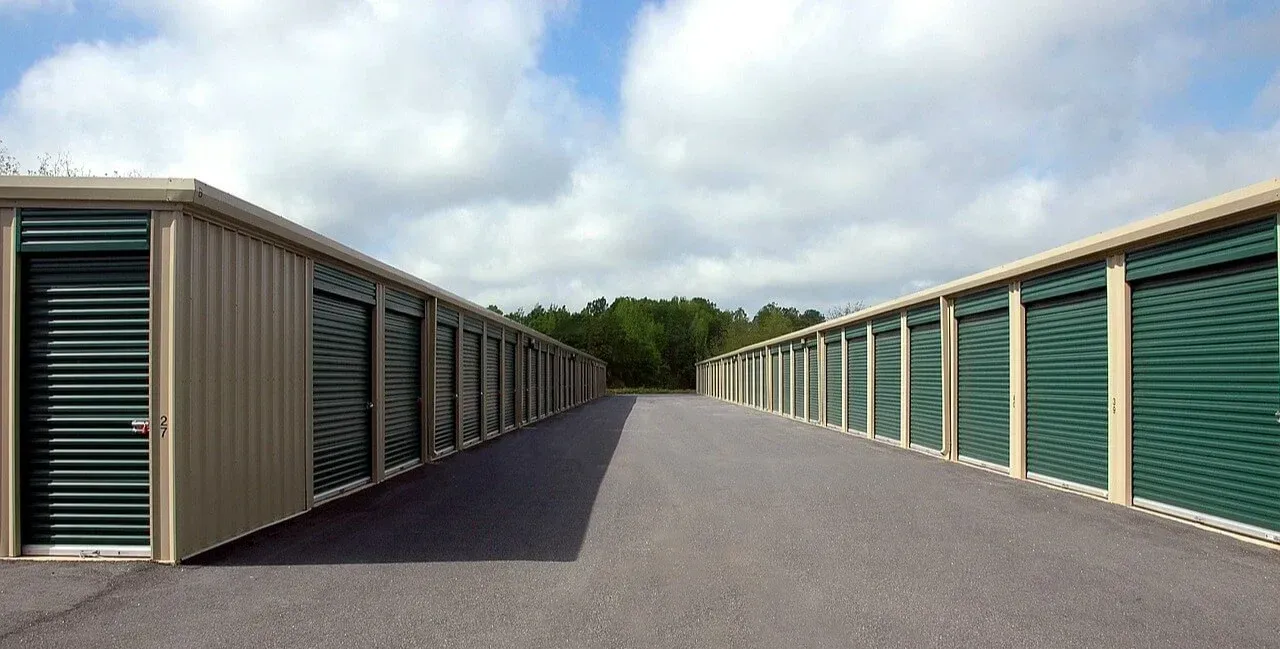
Why You Should Consider a Storage Unit for Sports Equipment
Storing your sports gear takes a bit of preparation, but it’s well worth the effort. By following the tips above, you can keep your sports gear in good condition and make sure it lasts as long as possible. Consider using storage facilities like self-storage units to make the process more convenient and organised. With proper storage, your equipment will be ready and waiting for your next adventure.
Storing Your Sports Equipment with ANVSJ
We have various storage facilities spread across Yorkshire, Derbyshire and Lincolnshire to cater for your needs. Our locations includeSheffield,Chesterfield,Rotherham,Goole,Brigg, andMarket Rasen. With plenty of options available, we are able to offer an affordable sports equipment storage solution.

